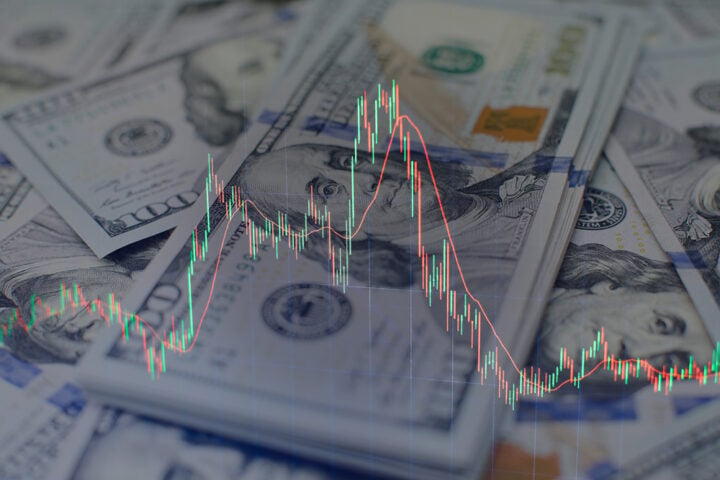U.S. stock markets saw a shift on Wednesday as the S&P 500 and the Dow Jones Industrial Average retreated from their recent record-setting performances. After weeks of upward momentum, the markets lost steam, leading to a mixed close across the major indexes. The Dow dropped roughly 0.7%, while the S&P 500 recorded a modest decline of 0.2%. However, the Nasdaq Composite, supported by technology stocks, managed to squeeze out a small gain, finishing just above the flat line.
Weaker Consumer Confidence Sparks Worries
The dip in stock market performance comes against a backdrop of rising concerns about the U.S. economy. A key driver of this unease was a weaker-than-expected consumer confidence report, raising fears of a possible economic downturn. The disappointing data has intensified discussions about a potential recession, further clouding the economic outlook and putting the Federal Reserve’s recent actions under the microscope.
In response to signs of a cooling economy, the Federal Reserve made an aggressive move, cutting interest rates by 0.5%, a larger reduction than many had anticipated. This rate cut has sparked a debate among investors and analysts about whether more rate cuts will be necessary if the economic slowdown continues. All eyes are on the Fed as it faces pressure to provide additional monetary support to prevent further economic softening.
Housing Market Sends Mixed Signals
Adding to the growing concerns, the housing market has been delivering mixed signals. New home sales in August took a step back, reversing gains from the previous month. High mortgage rates and elevated home prices have kept many potential buyers on the sidelines, reflecting broader hesitation in the sector. However, mortgage applications surged to their highest level since 2022, driven largely by homeowners looking to refinance their existing loans amid falling rates.
The divergence in new home sales and refinancing activity underscores the complexity of the current economic landscape. On one hand, new purchases are slowing, but on the other, homeowners are eager to capitalize on lower rates, indicating pockets of resilience in the broader housing market.
Key Economic Reports to Watch
Attention is now turning to several key economic reports that could shape the market’s next moves. Investors and economists alike are focused on the upcoming second-quarter GDP data, as well as Friday’s release of the Personal Consumption Expenditures (PCE) index. The PCE index is particularly important, as it serves as the Federal Reserve’s preferred measure of inflation, and its results could influence future monetary policy decisions.
As these critical reports approach, financial markets remain on edge, with investors looking for clear signs that could either support or further complicate the Fed’s path forward. The outcome of these data points will likely play a key role in shaping economic narratives and guiding policy decisions in the coming months.
Uncertain Path Ahead for Markets and Economy
Although recent stock market performance has reflected robust gains, underlying economic indicators suggest that a cautious approach may be necessary. The U.S. economy continues to send mixed signals, from faltering consumer confidence to a fluctuating housing market, leaving investors and economists uncertain about what lies ahead. With potential economic hurdles looming, the near-term outlook remains unclear, as the market waits for further clues on how the economy—and the Federal Reserve—will navigate the challenges ahead.







